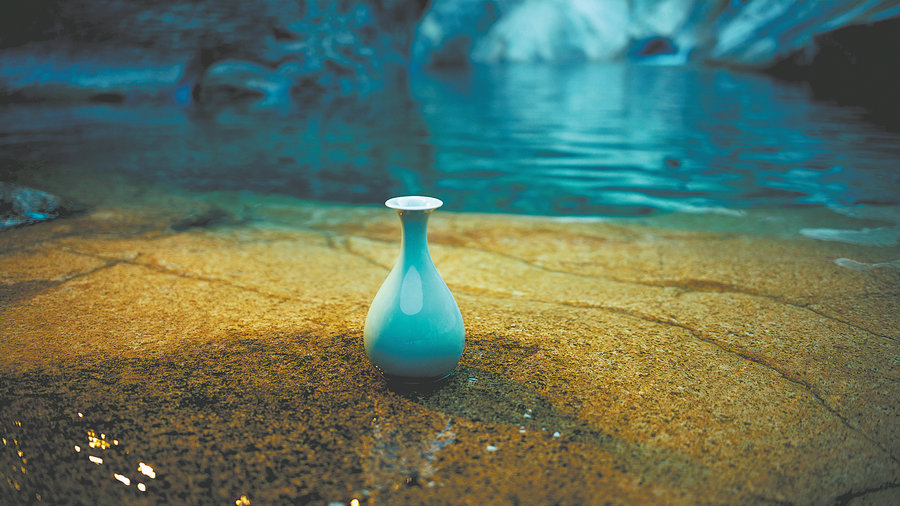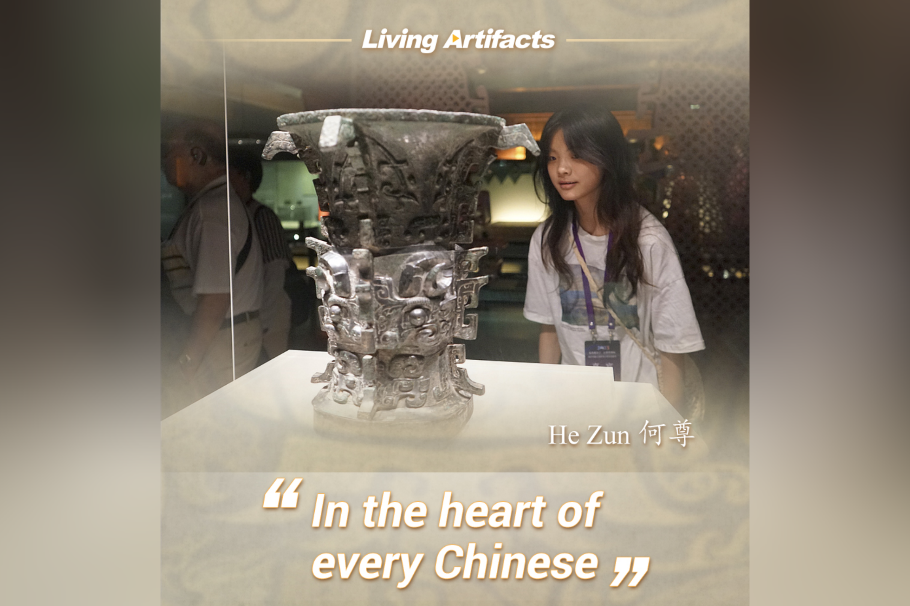Flying colors
Documentary focuses on hues that inspire traditional craftsmanship, Fang Aiqing reports.


Pursuit of beauty
A widespread joke, "multilayered black", is anything but absurd.
Guo notes that the Kangxi Dictionary, an official lexicon commissioned by Emperor Kangxi of the Qing Dynasty (1644-1911), contains over 170 expressions for black hues, even more than terms describing different shades of red. Among the 12 oracle bone characters deciphered that describe colors, six represent black hues and three red.
"In lacquerware, black is used to temper the exuberance of red, unveiling a muted elegance with an understated sheen. This hue mirrors the hours during the transition between day and night, where darkness bleeds into crimson. We Chinese call it xuan," Chen narrates in the first episode.
Chen says color is both physiological and psychological, influenced by personal preferences and society's collective pursuits, thereby conveying the cultural landscape of a particular region.
On the other hand, they've observed the imprints of cultural exchanges in the spread of color traditions. During the Western Han Dynasty (206 BC-AD 24), safflower was introduced to the Central China Plains from Xiyu (the Western Regions), which encompasses today's Xinjiang Uygur autonomous region and parts of Central Asia.
The tradition of dyeing with safflower subsequently spread to other parts of East Asia along with Chinese costume culture, Chen adds.
























